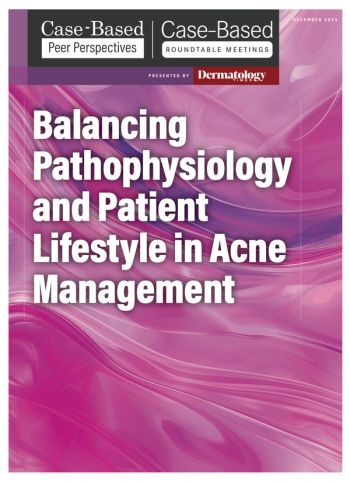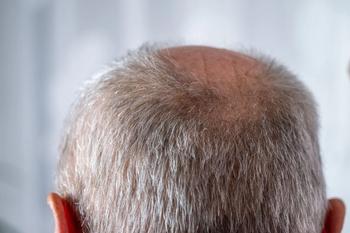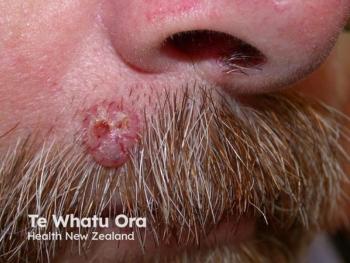
- Dermatology Times, June 2025 (Vol. 46. No. 06)
- Volume 46
- Issue 06
Nail Trends That Challenge Clinical Diagnosis
Trendy manicures like Russian nails and 3D art may complicate diagnosis or cause damage, making them important for dermatologists to recognize.
Several new nail manicuring techniques are becoming popular that deserve the attention of the dermatologist. Diagnosing nail issues can be challenging enough without grooming practices contributing to the confusion.
What is a Russian manicure?
Perhaps the most problematic nail cosmetic trend is the recently invented Russian nail manicure, so named because it was introduced by Russian nail artists into the United States. A Russian manicure uses an electronic drill to file, cut, and remove the cuticle, obviating the need for nail soaking. It is also known as an e-file manicure based on the use of the electronic drill and can be performed on both the fingernails and toenails.
What is the advantage of a Russian manicure?
The nails are prepared for nail polish application by first removing all the cuticle and any dead skin surrounding the nail plate. This gives the nails a much neater appearance and allows nail polish to be applied all the way to the proximal nail fold. This may allow the manicure to last longer during the nail growth phase. The nail polish also lasts longer as a base gel coat, color polish coat, and protective top coat are sequentially applied. These 3 coats provide a durable manicure with less nail chipping, fading, or peeling that may last up to 4 weeks. The base coat is said to be customized for the client based on nail strength and length to encourage nail health. The process takes approximately 2 to 3 hours to complete and costs $70 to $90 for a basic manicure without nail art.
What are the disadvantages of a Russian manicure?
The disadvantages of a Russian manicure are complete removal of the cuticle and trauma from the electronic drill in the hands of a careless or poorly trained nail technician. Infection is also a possibility if the drill bits are not properly sterilized. It can be challenging for a disinfectant solution to reach into the rough surface of a drill bit, so autoclaving of the nail equipment is very important. Russian nail technicians are supposed to have received special training on the use of the drill and should have some type of certification.
What is nail slugging?
Nail slugging is an offshoot of face slugging, where the face is covered in petroleum jelly overnight to decrease transepidermal water loss and increase skin hydration. Nail slugging similarly involves covering the nails and cuticles with petroleum jelly overnight to increase fingertip skin and nail water content. There are no negatives to this procedure, except greasy fingers. The ideal water content of the nails is approximately 30%; however, once water is lost from the nails, it cannot be replaced. New undamaged nail plate must grow to allow the proper water content to plasticize the nail. Nail slugging is probably most effective in moisturizing the skin around the nail.
How is 3-dimensional (3D) printing revolutionizing nail art?
Elaborate nail designs are becoming quite popular when combined with gel nails. In the past, the nail artist had to hand-create elaborate designs and scenes on the nails by custom-shaping the methacrylate polymer. Nail artists are now programming 3D printers to make the nail art pieces and simply gluing the art onto the nail and then painting the design at the same time as the nail. There are no allergenicity issues associated with the use of the computer-generated polymer pieces, as they are cured to be sure the polymerization is complete and the fully polymerized material is not allergenic.
Zoe Diana Draelos, MD, is a clinical faculty member of dermatology at Duke University School of Medicine in Durham, North Carolina; president of Dermatology Consulting Services, PLLC; and Dermatology Times editor in chief emeritus.
Articles in this issue
6 months ago
Dermatology Times June 2025 Print Recap6 months ago
Inside IL-17 Inhibitors Advancing Psoriasis CareNewsletter
Like what you’re reading? Subscribe to Dermatology Times for weekly updates on therapies, innovations, and real-world practice tips.


















